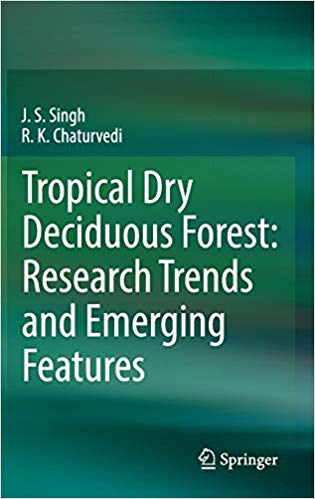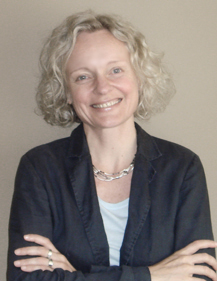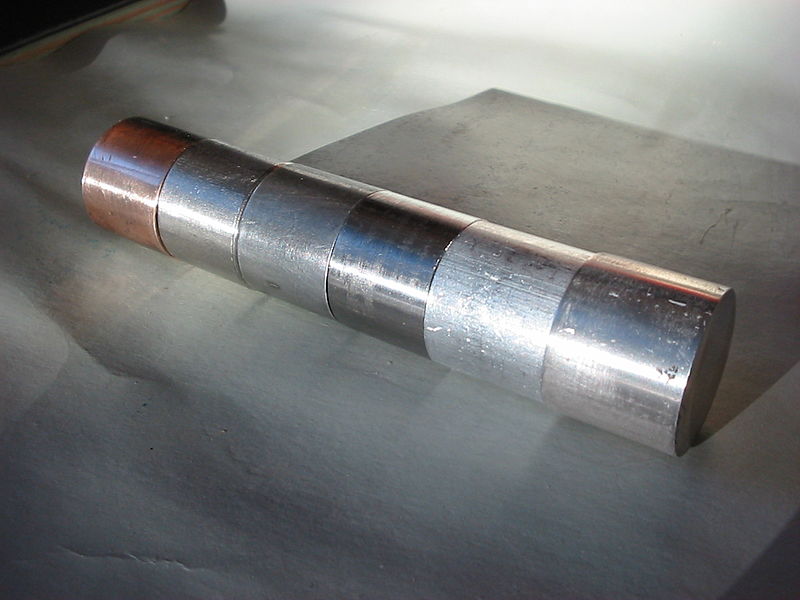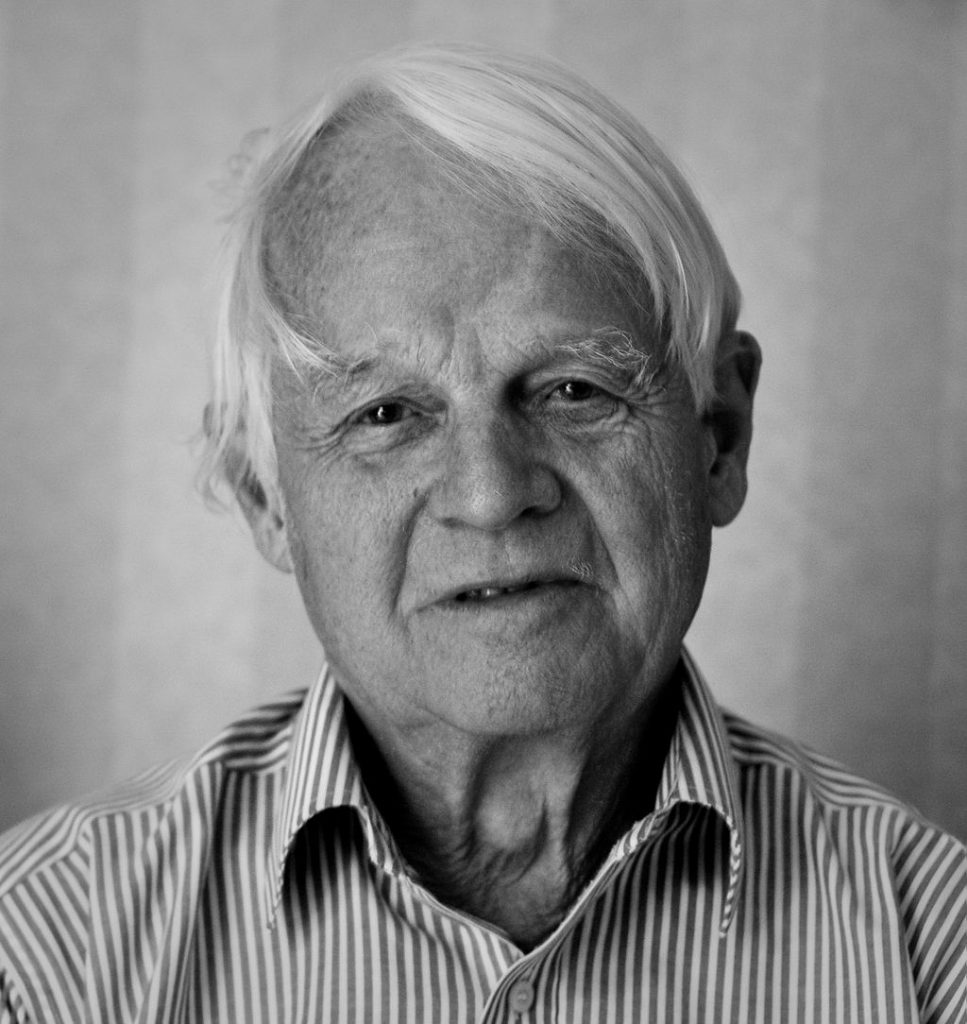
As we’ve noted before, “the wheels of scientific publishing turn slowly … but they do (sometimes) turn.”
More than six years after the first retraction for Erin Potts-Kant, who was part of a group at Duke whose work would unravel amid misconduct allegations and lead to a $112.5 million settlement earlier this year with the U.S. government — and two years after a journal says it first became aware of the issues — a retraction by the group has appeared in Pediatric Research, a Springer Nature title.
Here’s the retraction notice for “Intra-amniotic LPS amplifies hyperoxia-induced airway hyperreactivity in neonatal rats”:
Continue reading “Highly unusual and unfortunate error” delays retraction two years in high-profile Duke case







